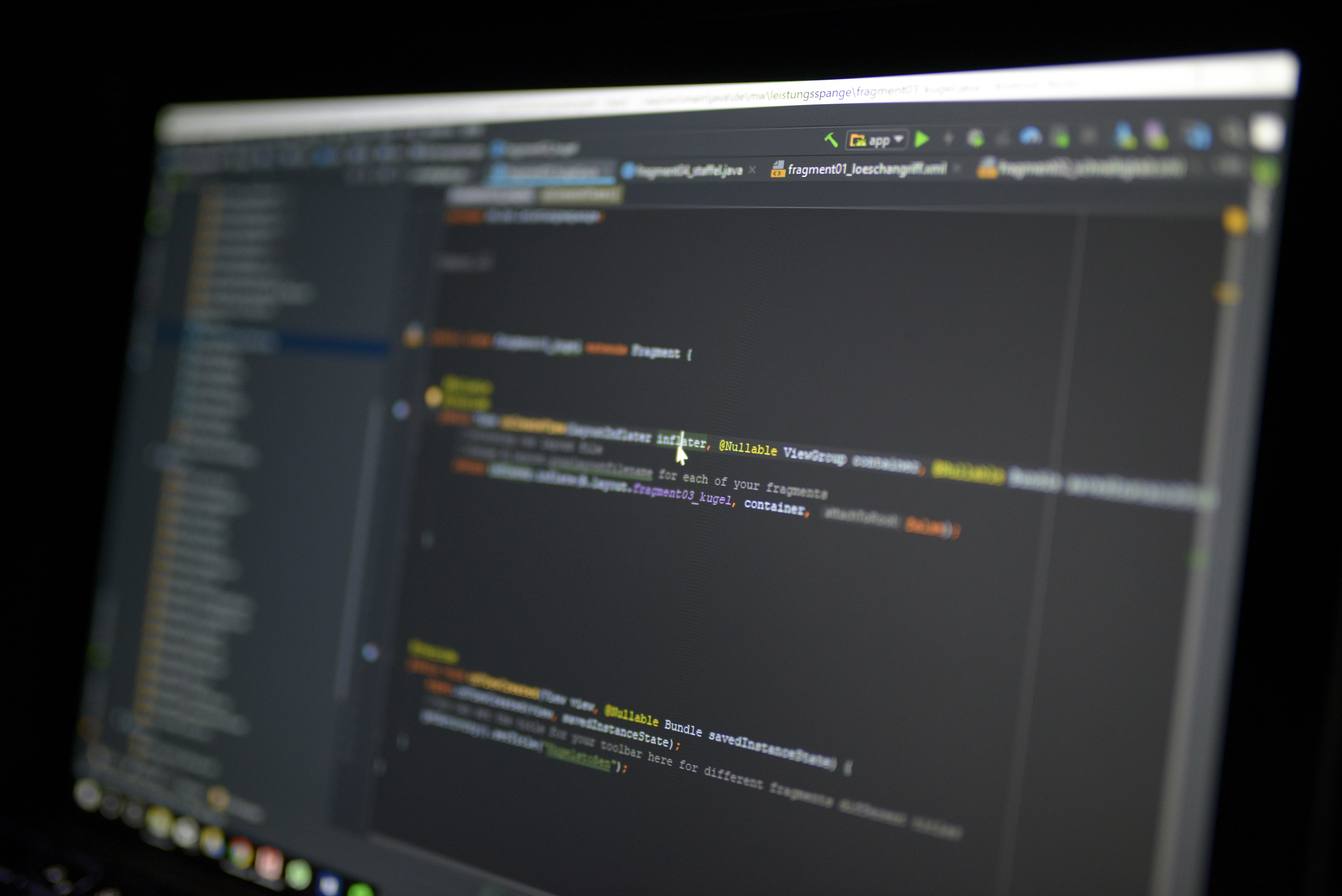Object-Oriented Programming (OOP) | Comprehensive Guide
Object-Oriented Programming (OOP)
Definition:
“Object-Oriented Programming (OOP)” is a programming paradigm based on the concept of “objects,” which can contain data, in the form of fields (often known as attributes or properties), and code, in the form of procedures (often known as methods).
Detailed Explanation:
OOP allows developers to structure software in a way that is both powerful and easy to manage. It encapsulates data and functions that manipulate the data into objects, making it easier to understand and debug the software. OOP languages include Java, C++, Python, and Ruby.
Key concepts of OOP include:
• Classes and Objects: Classes define the structure and behavior (methods) that data objects will have. Objects are instances of classes.
• Inheritance: Allows classes to inherit characteristics (methods and properties) from other classes.
• Encapsulation: Keeps data safe from outside interference and misuse by bundling the data and the methods that use them together.
• Polymorphism: Allows methods to do different things based on the object it is acting upon.
Key Elements of OOP:
• Abstraction: Reduces complexity by hiding unnecessary details in classes and interfaces.
• Modularity: Divides a program into smaller parts (classes), which can be developed, tested, and maintained more easily.
• Reusability: Enables developers to reuse software components in new applications, saving time and improving reliability.
Advantages of OOP:
• Scalability: Facilitates building scalable systems with less code and shorter development time.
• Maintainability: Makes software easier to maintain due to encapsulated and modular structures.
• Productivity: Enhances developer productivity through reusability and simplicity in coding.
Challenges of OOP:
• Steep Learning Curve: Can be difficult for newcomers to grasp.
• Performance Overhead: Object creation and method calls can consume a lot of memory and processing power.
• Improper Use: Misuse of inheritance and other features can lead to poorly designed code that is hard to maintain.
Uses in Performance:
• Software Development: Ideal for applications that require a high level of complexity and maintainability.
• Game Development: Used in developing games for managing complex game environments and interactions.
• Enterprise Systems: Suits large-scale systems for managing business processes and data efficiently.
Design Considerations:
• Class Design: Properly design classes with clear and cohesive responsibilities.
• Use Composition Over Inheritance: Prefer composition over inheritance where possible to reduce dependency.
• Interface Use: Design interfaces for classes that need to expose a particular functionality externally.
Conclusion:
OOP is a fundamental programming paradigm that helps organize complex code through the use of objects and classes. It supports easy maintenance, scalability, and efficient code management, making it indispensable for modern software development.

